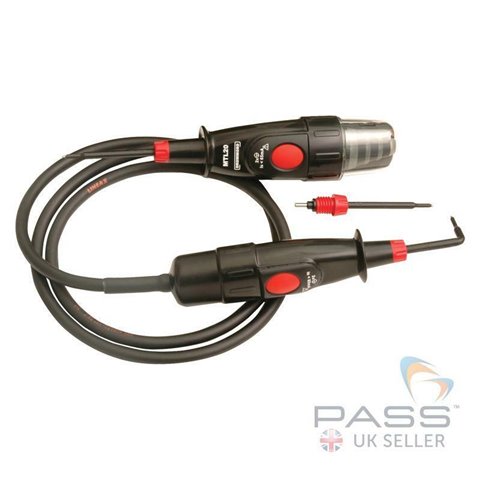Hi my house is supplied via T-T system, the pole mounted mains transformer is 100mts away,
the measured Ze is 120ohms
on a two way+intermediate circuit I’m measuring 60-90vac when the light is in any off position,
I have disconnected all circuit wires and it all measured clear, the circuit is blowing led lamps and fluorescent lamps are pulsing when in off positions, any ideas!!!

